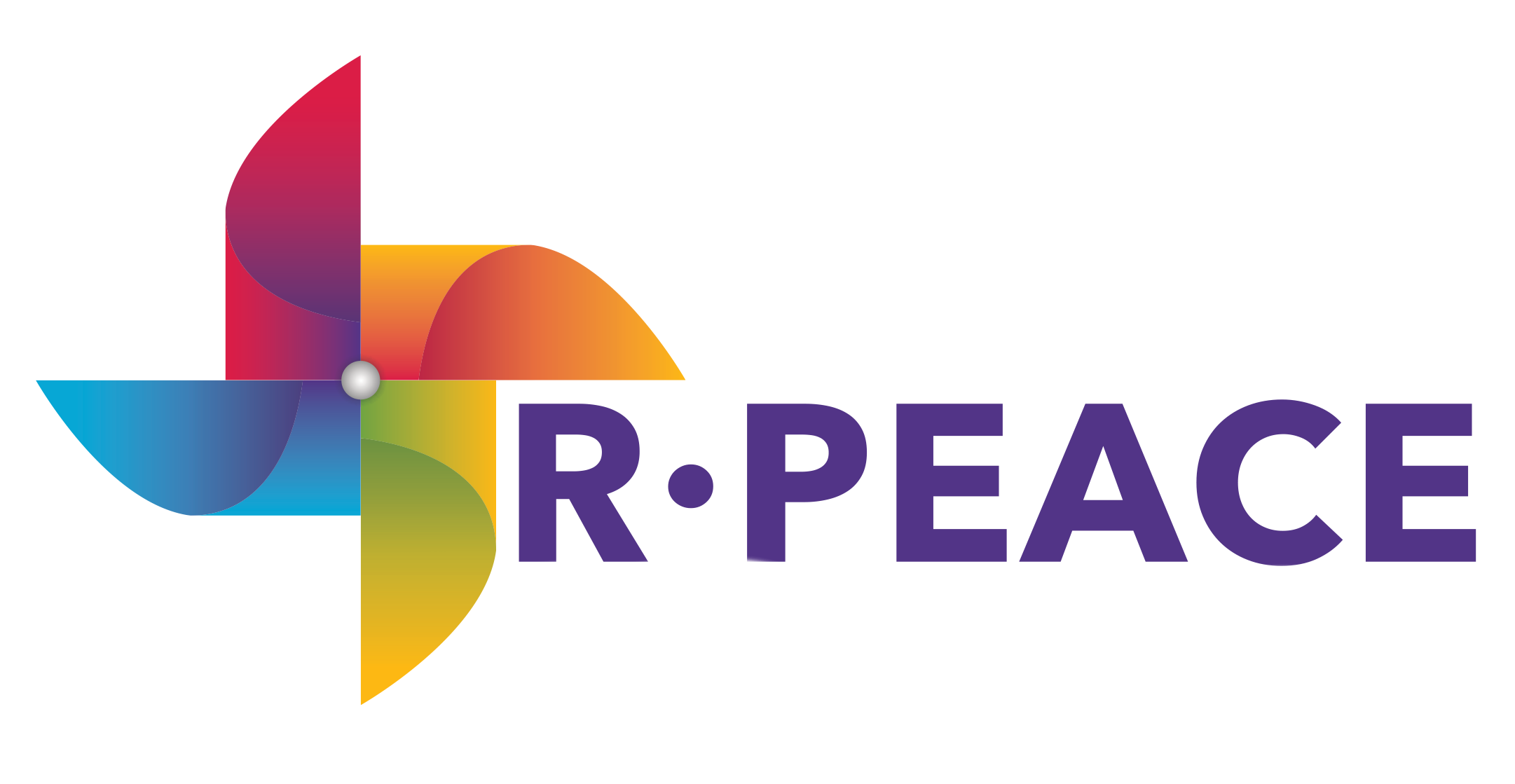Building a Tech Community: DSC Teams Up with R-PEACE
COVID-19 has presented a host of new challenges and opportunities for different kinds of learning and community involvement. Despite these obstacles, innovation is alive and well in R-PEACE’s Learning Lab. Graeme Zinck’s experience with the Learning Lab exemplifies how R-PEACE fosters collaboration within Mount A’s community and beyond as teaching continues in this non-traditional space. Zinck’s piece speaks to Mount A’s on-going dedication to creativity, learning, and students’ safety.
Building a Tech Community: DSC Teams Up with R-PEACE
By Graeme Zinck
I founded Mount Allison University’s Developer Student Club (DSC) this September to build a developer community and help students with career-readiness. In partnership with the R-PEACE lab, we’ve hosted ten events, including lectures, labs, design days, project sprints, and a hackathon. After seven months of experiments, we’ve come to one conclusion: building a developer community hinges on collaborative learning.
Building a Community for Techies
How do we get computer science students career-ready? Spoiler: collaborative learning. But what does that mean? How do we engage students that are used to passive lectures?
Where we Started
We started off in a lecture/lab style: we’d host a presentation on a new topic like version management or web development, then throw attendees into a hands-on activity to practice the skills. This provided students with opportunities to get a foundation on essential industry tools and techniques. This approach flopped. Students already have classes, and they’re not jumping up and down for more.
We decided to try something new. Maybe if we threw people into self-guided tutorials provided by Google Cloud, students would be able to learn the tools they wanted to learn at their own pace. We thought that without a teacher at the front of the room, attendees would help each other and collaborate. On the contrary, things backfired. Attendees didn’t know what they wanted to learn, and they continued to sit in their cones of code.
Where we Ended Up
We went back to the drawing board. Instead of focusing on teaching, we decided to focus on a collaborative project-based approach. A representative from the University Club pitched that we build an app that could help customers prepay for meals and hold a balance with the club. By breaking into two teams for different aspects of the app, participants would gain a colossal boatload of new skills and experience. For one, they would be forced to learn a new technology, find online resources, and write actual code. On top of that, they would review each others’ code, get feedback, and have mentorship opportunities throughout the semester.
We started off with prototypes. After planning out the app, we broke into teams—each team took over part of the classroom to discuss the technology and architecture. With the ridiculous amount of whiteboard space, the learning lab was a catalyst for ideas, allowing us to throw everything on the walls.
The next stage was to actually build. We divided up tasks and said “go!” A few people came forward and took initiative, but there was something missing. We had the mentorship. We had the resources. We had the steps defined. But participants didn’t feel they owned the product: they didn’t prioritize it, and it fell off their agendas. They learned new tools, but they never got to the finish line.
Where We’re Going
The students don’t know what they want to learn, but they don’t want to learn what’s being taught. So what do we do? How do we inspire ownership of the ideas? How do we spark enthusiasm?
No guarantees, but I think we have the answer.
Step 1: Build a community. You’ll maybe-kinda-sorta-wanna go to an event you’re interested in, but you’ll definitely go if your friends are there. We need DSC to be the center of the developer community. That means free pizza. That means inclusive hangouts that welcome anyone and everyone. That means stepping away from the sage-at-the-stage presentation style and jumping into collaborative learning.
Step 2: Inspire them to bring their own ideas to the table. They need to own their ideas and build what they dream to create. Maybe that takes the form of a startup weekend—Calum, our VP, is working to reinvent MtA Hacks 2021 with an entrepreneurial approach. We need a way to kickstart commitment from students.
Step 3: Support them every step of the way. They make the decisions, they help each other, and the exec is there to support them when the code smells hit the nostrils. We need to step back, build the community, and let the students lead themselves.
The Collaborative Context
The R-PEACE learning lab was not what we expected. There’s something magical about walking around the room and seeing everybody’s ideas on the whiteboards. Being able to reconfigure the chairs into groups, then spew every last idea onto a massive canvas. Getting to that point, however, requires buy-in. The facilitators have to use the space. Not only that, they have to actively force everyone else to use it. To convince some first years to write on a whiteboard, you have to force markers into their hands. It’s hard work. But done right, it’s effective.
I hope DSC can continue to collaborate with the R-PEACE lab going forward: it’s the best space on campus to assemble ideas into a game plan. It’s up to the next generation of DSC leads to see how to leverage collaborative learning going forward.
